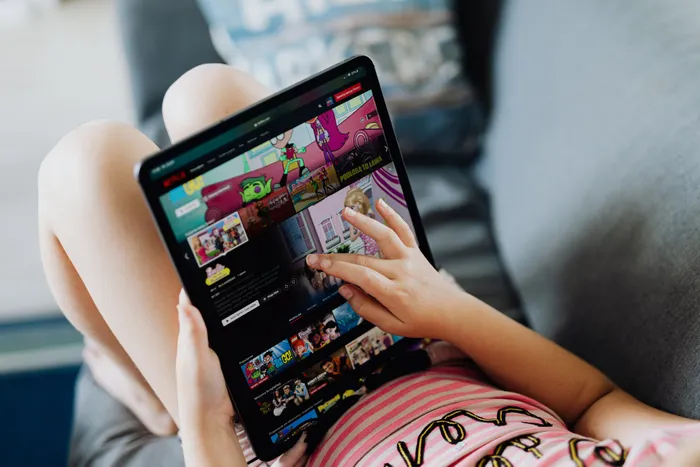Screen addiction is fueling a mental health crisis among SA's children
Screen addiction

South Africans are addicted to their screens and it is causing a mental health crisis among children and teens.
Image: Pexels/Karolina Grabowska
SOUTH Africans are among the world’s heaviest screen users, and it’s taking a dangerous toll on children’s mental health.
That’s the stark warning from the South African Society of Psychiatrists (SASOP), which has raised the alarm about a growing crisis among children and adolescents driven by excessive exposure to digital devices.
The rise of what’s now commonly referred to as “brain-rot”, a term coined to describe the harmful impact of consuming large volumes of low-quality online content, was underscored when the Oxford Dictionary named it Word of the Year. But beyond the headlines, its effects are being felt most acutely by young people.
Data shows adolescents who spend more than five hours a day on screens are 70% more likely to have suicidal thoughts or actions than their peers who clock in less than an hour daily. Even moderate users, those on screens for four to six hours, show significantly higher rates of anxiety and depression than those with shorter exposure.
One international study, conducted across 14 countries and covering learners from pre-primary to high school, found that the mere presence of a mobile phone, especially with active notification,was enough to interrupt a child’s focus. Another report revealed it can take up to 20 minutes for a child to re-engage after being distracted.
But it’s not just children. The average South African adult now spends more than 9 hours and 37 minutes per day on smartphones, with nearly a third of their waking life consumed by swiping, scrolling, and tapping. Social media alone accounts for over 22% of this time, dominated by platforms like Facebook, Instagram and TikTok.
“If we as adults are addicted, how can they not be?” asks Professor Renata Schoeman, psychiatrist and SASOP member. “We cannot expect children to moderate their screen time when they see adults constantly glued to their phones. Children learn by observing. If we don’t model healthy digital behaviour, we are silently endorsing screen addiction.”
She says that the consequences of this overexposure are far-reaching; increased rates of depression, anxiety, and low self-esteem; poor sleep quality due to nighttime screen use; falling academic performance as motivation and focus drop; reduced face-to-face interaction; and heightened exposure to harmful online content, from cyberbullying to pornographic material and disordered eating messages.
“The physical consequences are also concerning,” says Schoeman. “Children spending long hours on devices are more prone to obesity, headaches, eye strain and poor posture.”
She acknowledges that digital technology can be a valuable tool, especially in education, but only if used with clear intention and limits.
“Unrestricted or ‘always on’ access to screens does far more harm than good. We need to teach our children how to use technology wisely whilst not shielding them entirely from it,” she says.
“It’s not about banning screens, it’s about balance. There’s a big difference between a family movie night and hours of unmonitored scrolling or gaming. The key is to be mindful, involved and consistent.”
Schoeman offers a set of straightforward guidelines for parents: no screens at all for children under two, no more than one hour a day for kids aged two to five, and ideally a maximum of two hours for older children. She also urges parents to create device-free times and zones, especially during family meals and before bedtime, and to physically take overnight custody of their children’s phones.
“Children don’t need perfection from their parents, they need consistency,” says Schoeman. “Small, daily changes like putting your phone away at dinner sends a powerful message. And right now, our children need that message more than ever.”